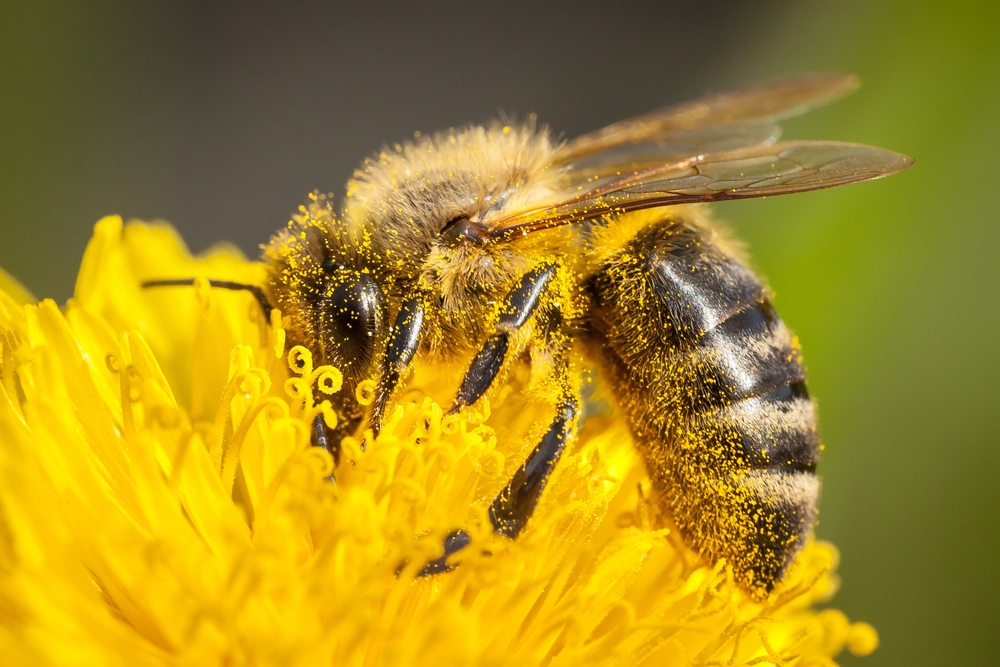Decoding the Dance of the Honeybee: Nature's Ultimate Communicators
The intricate world of honeybees has long captivated scientists and nature enthusiasts alike. These tiny insects, vital to our ecosystem, possess an extraordinary ability to communicate complex information through a series of precise movements. This article delves into the fascinating language of honeybees, exploring how they convey crucial data about food sources, potential dangers, and even the location of new hive sites to their colony members.

The Waggle Dance: Nature’s GPS
At the heart of honeybee communication lies the waggle dance, a sophisticated system for sharing the location of food sources. When a forager bee discovers a rich nectar or pollen source, it returns to the hive and performs a series of movements on the vertical surface of the honeycomb. The dance consists of a straight run followed by a return to the starting point, forming a figure-eight pattern.
The duration and angle of the waggle run convey critical information. The length of the run indicates the distance to the food source, with longer runs signifying greater distances. The angle of the run, relative to the vertical, represents the direction of the food source in relation to the sun’s position. This intricate dance allows other bees to locate resources with remarkable precision, often within a few meters of the actual location.
Decoding the Nuances: Quality and Quantity
Beyond mere location, the waggle dance communicates the quality and quantity of the discovered food source. The vigor and duration of the dance correlate with the richness of the resource. A particularly enthusiastic dance might indicate an abundant supply of high-quality nectar, while a less energetic performance might suggest a less bountiful source.
Interestingly, honeybees can also convey information about the type of flower they’ve encountered. This is achieved through subtle variations in the dance and the transfer of small amounts of nectar to other bees, allowing them to taste and recognize the specific floral source.
The Round Dance: Short-Distance Communication
While the waggle dance is used for distances greater than about 50 meters from the hive, bees employ a simpler form of communication for nearby food sources. Known as the round dance, this involves the forager bee moving in tight circles, occasionally changing direction. This dance alerts other bees to the presence of food close to the hive but doesn’t provide specific directional information.
The round dance serves as a general call to action, encouraging other bees to search the immediate vicinity for food. Once other foragers locate the source, they may then perform their own dances to recruit more bees to the area.
Beyond Food: Communicating Danger and New Homes
Honeybee communication extends beyond food sources. Bees use variations of their dance language to warn the colony of potential dangers. For instance, when a bee encounters a predator or other threat near the hive, it performs a series of short buzzing runs, often accompanied by head-butting other bees. This behavior rapidly spreads through the colony, putting all members on high alert.
Perhaps most fascinating is the use of the waggle dance in the process of finding a new home. When a colony outgrows its current hive, scout bees search for suitable new locations. Upon returning, they perform waggle dances to communicate the qualities of potential sites they’ve found. Other bees then visit these locations, and through a democratic process of dance performances, the colony collectively decides on the best new home.
The Latest Buzz: Recent Discoveries in Bee Communication
Recent scientific advancements have revealed even more complexities in honeybee communication. Researchers have discovered that bees can communicate abstract concepts, such as the need to find a new queen, through specific vibrations and movements. Additionally, studies have shown that bees can learn and transmit symbolic language, demonstrating a level of cognitive sophistication previously unrecognized in insects.
Another groundbreaking discovery involves the role of electric fields in bee communication. Bees accumulate a positive electric charge as they fly through the air. When they land on a flower, this charge helps pollen stick to their bodies. Scientists have found that bees can detect and interpret these electric fields, potentially using them as an additional layer of communication within the hive.
The dance language of honeybees stands as one of nature’s most remarkable communication systems. Its study continues to yield insights not only into the world of these essential pollinators but also into the broader fields of animal behavior and communication. As we face global challenges like climate change and habitat loss, understanding and protecting these incredible insects becomes increasingly crucial. The dance of the honeybee, a testament to the complexity and beauty of the natural world, reminds us of the intricate connections that sustain life on our planet.





